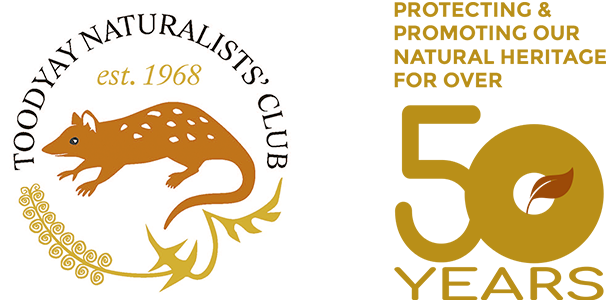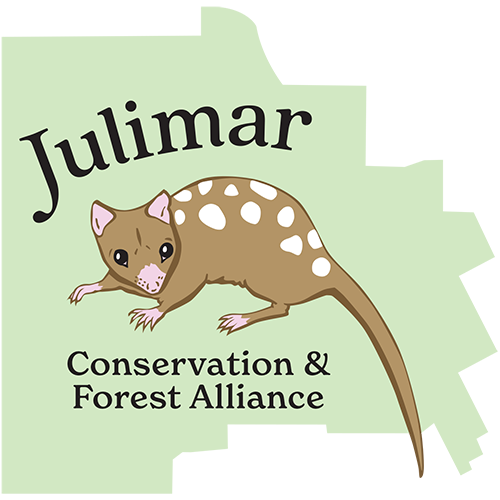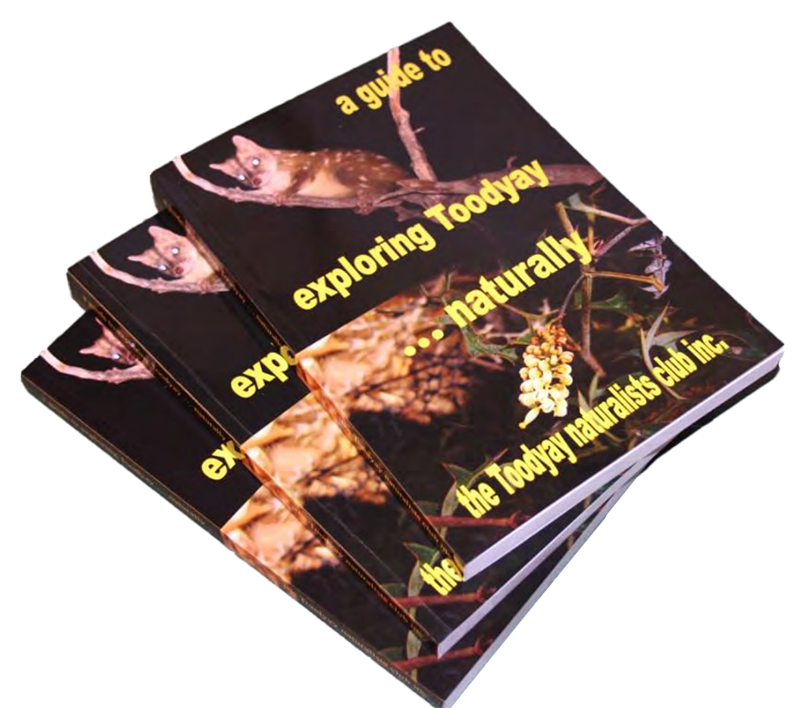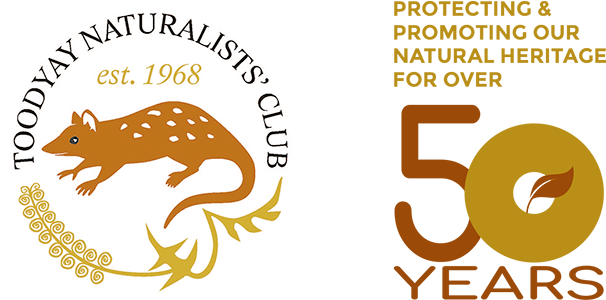By Desrae Clarke
The 12 to 15cm Western Spinebill is found in the lower southwest mainland of the State from Jurien Bay to Israelite Bay.
It has the most distinctive feature of the honeyeater family – a black, fine, long, down-curved bill. The male bird has a black crown and mask, a noticeable white eyebrow and a small white patch beneath the chin.
A rich chestnut colour covers the throat and chest and continues as a band across the nape (back of the neck). Below the front chestnut area is a narrow white band then a black one. The remaining underparts are buff-white. The upper body is mainly an olive grey. In flight, the outer tail feathers are noticeably white.
The female is plainer in colour but does have a rufous neck and nape but no banding. The Western Spinebill has a crimson coloured eye and black feet. Breeding is from September to January.
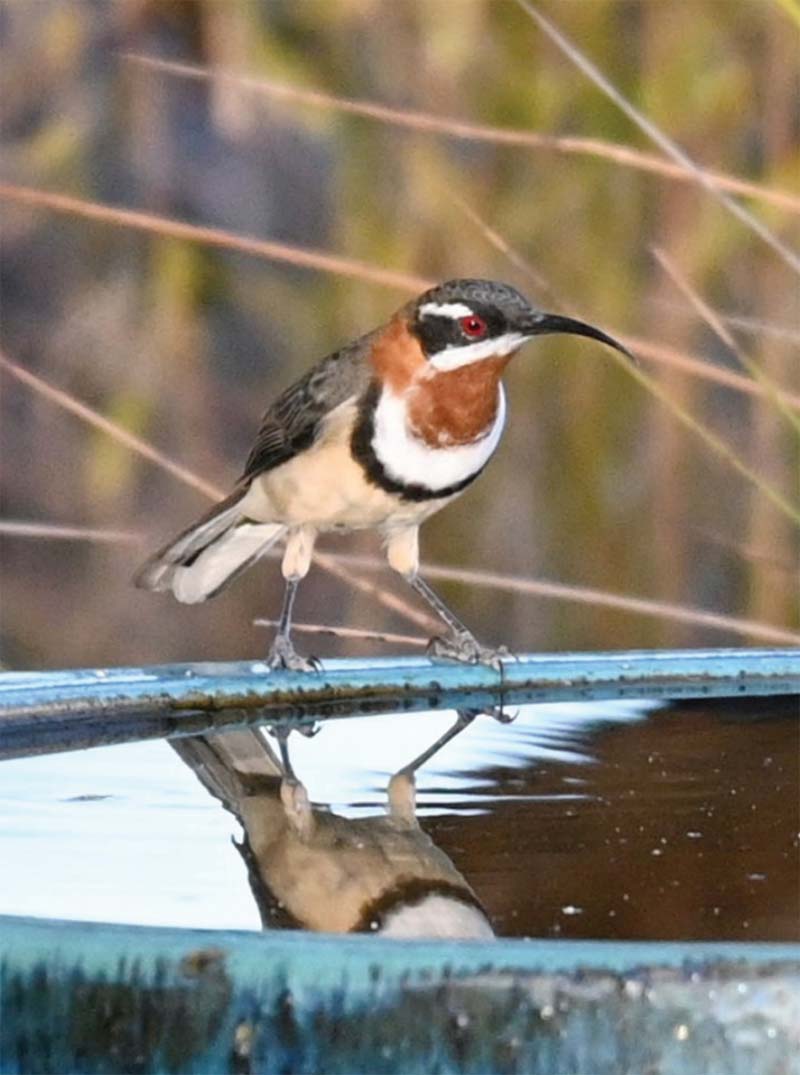
The cup-shaped nest may be located in low shrubbery or a small tree and is made from shredded bark, grass stems, moss and hair, bound with spider web and lined with the
woolly flock from Zamias. One or two white eggs, sparingly spotted and blotched with chestnut or purplish brown, are laid. The eggs may have a slight buff or pink colouring. Incubation is by the female, alone, with the male bird assisting with the upbringing of the young.
The Western Spinebill is found in shrubby bushland, Banksia and heath areas and terrain that holds the Red and Green Kangaroo Paw, One-sided Bottlebrush species, Grevillea species and the Hairy Jug Flower plant. All these plants support a high nectar intake. With their long tubular tongues, nectar is the stable diet for the species although insects are also consumed.
The variety of calls are high staccato and metallic piping.
Observations of natural history interest are always welcomed by the Toodyay Naturalists’ Club. Adding this information to the database is extremely important. This bird species is not a common bird but is still reported within the Shire. To add information from the community gives an excellent and honest idea of the health of the Toodyay biodiversity.
This article was published in the March 2025 edition of the Toodyay Herald, p. 34.
The Toodyay Naturalists’ Club welcomes sightings and observations of flora, fauna and all areas of natural history. To add your sightings, email secretary@toodyaynats.org.au or submit a sighting via our online form.
